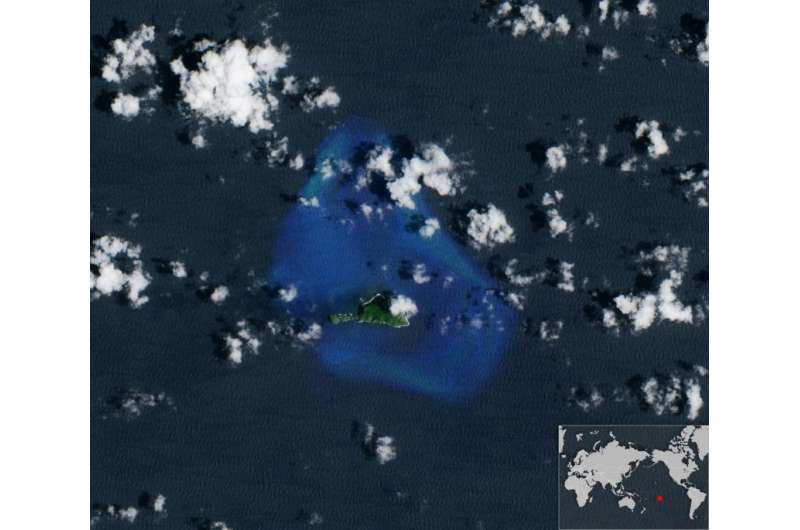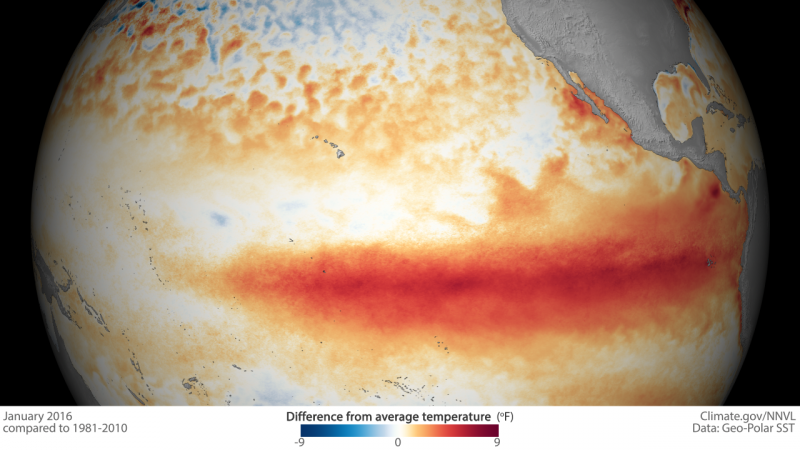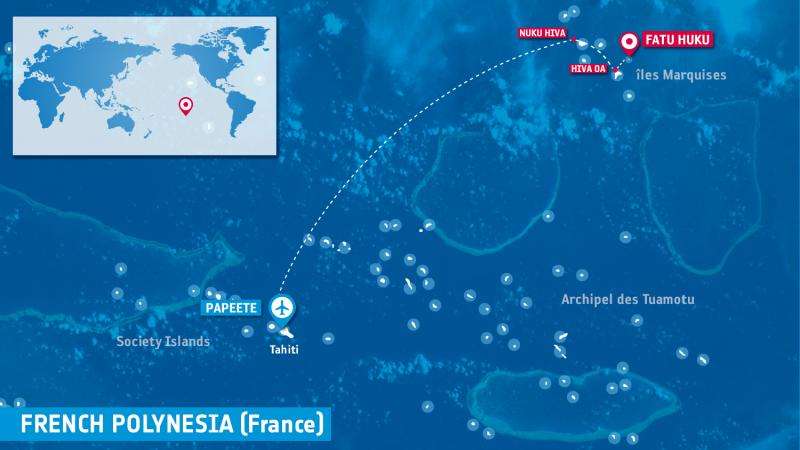World's corals under threat

The current El Niño weather phenomenon is taking its toll on coral reefs, prompting a field campaign to the middle of the Pacific Ocean to explore how Europe's Sentinel-2 satellite might be able to quantify the damage on a large scale.
El Niño is an irregular oscillation in tropical Pacific currents, with wide-ranging consequences.
It begins when a mass of warmer water from the tropical western Pacific moves east, eventually displacing cooler nutrient-rich waters off the west coast of Central and South America. This warmer water adds extra moisture to the air masses moving over the ocean and increases rainfall in the adjacent land areas.
It also disrupts atmospheric circulation, leading to large-scale weather anomalies across the globe.
The impact can include severe drought in Africa, increased rainfall in South America, fires across southeast Asia, severe winter storms in California, a heatwave in Canada and intense hurricanes raging along the Pacific Ocean.
The warmer water also takes its toll on underwater corals in the form of coral bleaching.
Coral bleaching happens when algae living in the corals' tissues, which capture the Sun's energy and are essential to coral survival, are expelled owing to the higher temperature.
The whitening coral may die, with subsequent effects on the reef ecosystem, and thus fisheries, regional tourism and coastal protection.

The current El Niño began in 2014 and has already affected corals in the Hawaiian Islands. Estimates by the US National Oceanographic and Atmospheric Administration show that this year's bleaching could spread to most of the world's corals, including those in the Indian Ocean and South Pacific.
To study the effects of El Niño events and climate change on corals on a larger scale, ESA has launched a field campaign to the Pacific island of Fatu Huku, part of French Polynesia, to explore how images of corals from Sentinel-2 can be exploited.
The satellite regularly collects data over land, inland water bodies and coastal areas, and is switched off over the open ocean. But a special request to collect data when the satellite passes over Fatu Huku has been made in an experiment to see how well it can monitor coral status, including an eventual coral bleaching event.

How will we know if it works? French scientist Antoine Collin is en route to Fatu Huku to check the data. Over the course of two weeks, Antoine will use special underwater cameras to assess the health of the coral reefs and how they change over time. This information will be analysed alongside Sentinel-2 data from the same time to see if the satellite and underwater observations are consistent.
More information: Follow Antoine's journey through our Campaign Earth blog: blogs.esa.int/campaignearth
Provided by European Space Agency



















